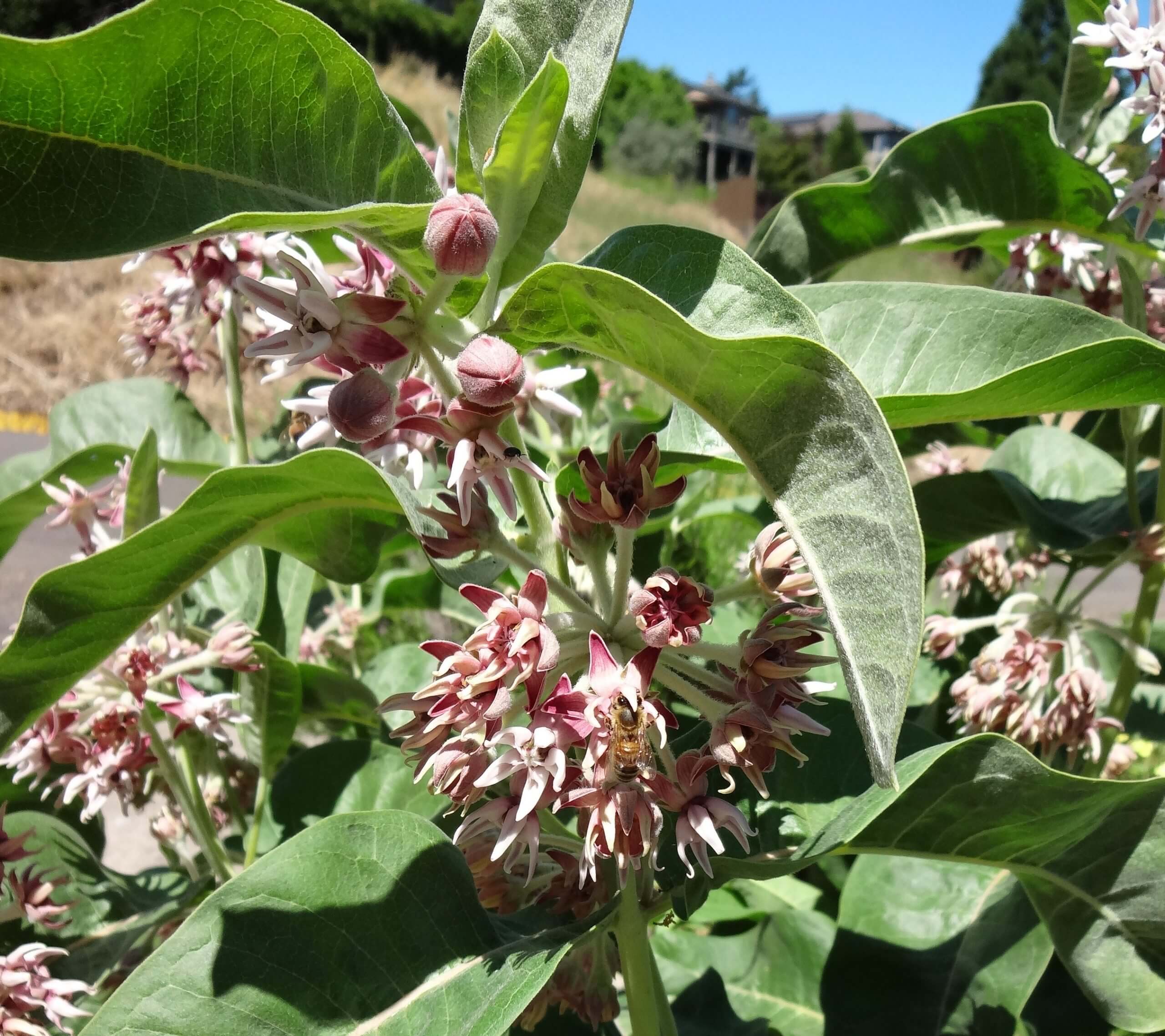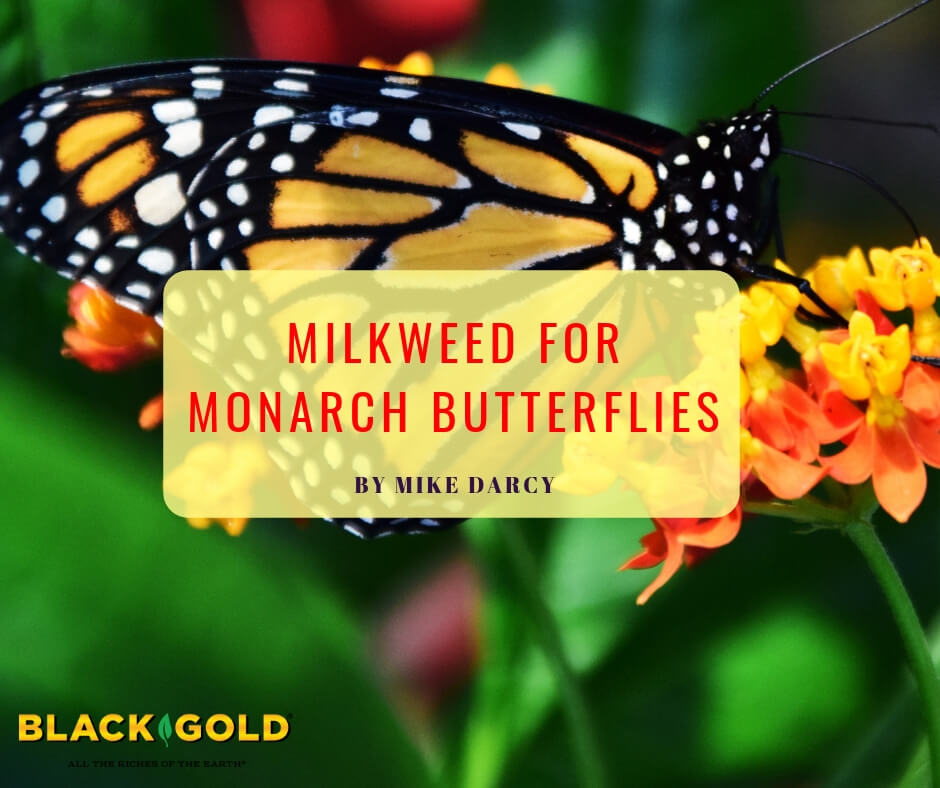
Over the last several years, I have become more aware of growing plants in my garden that are friendly to birds, bees, and butterflies. Plants to attract butterflies, especially monarch butterflies, are especially of interest. At one time, monarch butterflies were often seen here in the Pacific Northwest, but not anymore. Dwindling habitat and food sources have resulted in their decline. Planting monarch food plants in our gardens may mean the difference between their survival or disappearance.
Monarch butterflies rely on milkweed (Asclepias spp.) flowers and foliage to complete their life cycle. Eggs are laid on milkweed foliage, a host plant for the emerging caterpillars. Chemicals in the milkweed foliage offer protection to the caterpillars, and mature monarch butterflies, making them taste toxic and terrible to would-be predators. Adult monarchs also feed on the nectar-rich flowers of these unique and beautiful plants.
Garden Milkweeds to Try
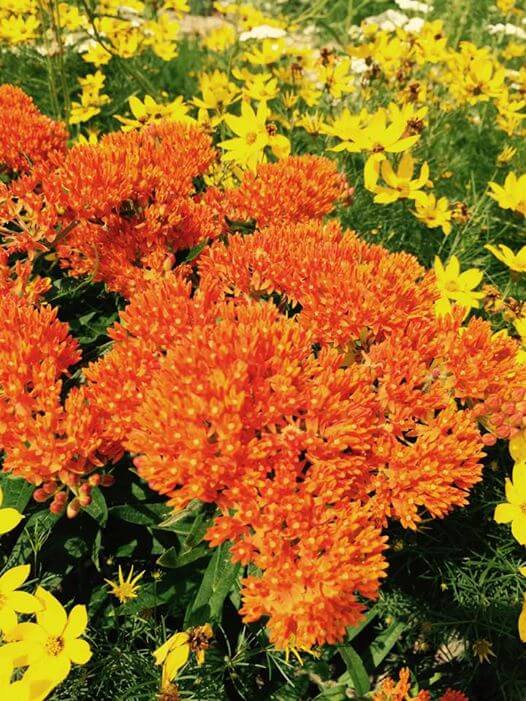
There are many milkweeds for the garden. One of the prettiest is butterflyweed (Asclepias tuberosa), which has brilliant orange flowers that will light up any early summer garden. The pink swamp milkweed (Asclepias incarnata) is also lovely, as is the white-flowered ‘Ice Ballet’ swamp milkweed (Asclepias incarnata ‘Ice Ballet’), a popular garden form. The bold pink and cream flowers of showy milkweed (Asclepias speciosa), a native of Midwest and West are also wonderful. For something more delicate, try whorled milkweed (Asclepias vertcillata) a soft, white-flowered western species for sunny home gardens. (To learn more about great western milkweeds for the garden, visit the Xerces Society page about Milkweeds and Monarchs for the Western US.)
I recently was visiting with the plant buyer for a local garden center, and she told me that several years ago, there was very little demand of Asclepias. Now, plants are often sold out on the day they arrive. It’s a good sign that more gardeners are planting these important perennials.
My Garden Milkweeds
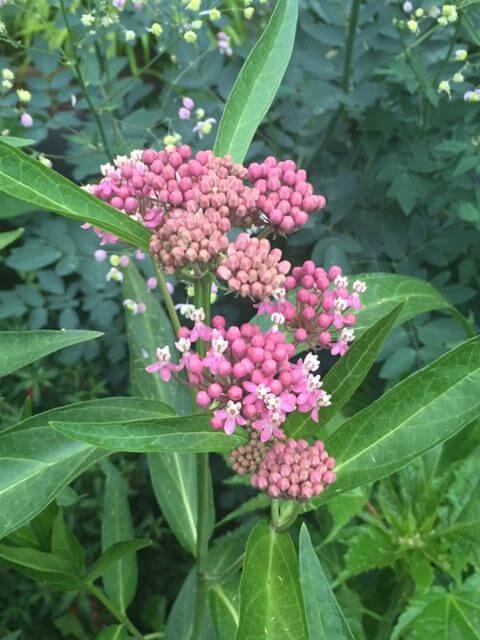
In the hope of attracting Monarch butterflies to my garden, I planted several different milkweeds. (Other gardening friends have been successful, so I tried milkweeds they had success with.) Blooming in my garden now is pink swamp milkweed (Asclepias incarnata). The plants are taller than I had expected, about 4 feet high. No Monarch’s yet, however I am hopeful some will appear later in the season. Even if they do not, the flowers are quite attractive and seem to be a magnet for honeybees.
Tropical milkweed (Asclepias curassavica) is a tender species from the American tropics that has bright red and yellow flowers. The tall plants are beloved by monarchs, and tend to self sow.
Other Butterfly Plants
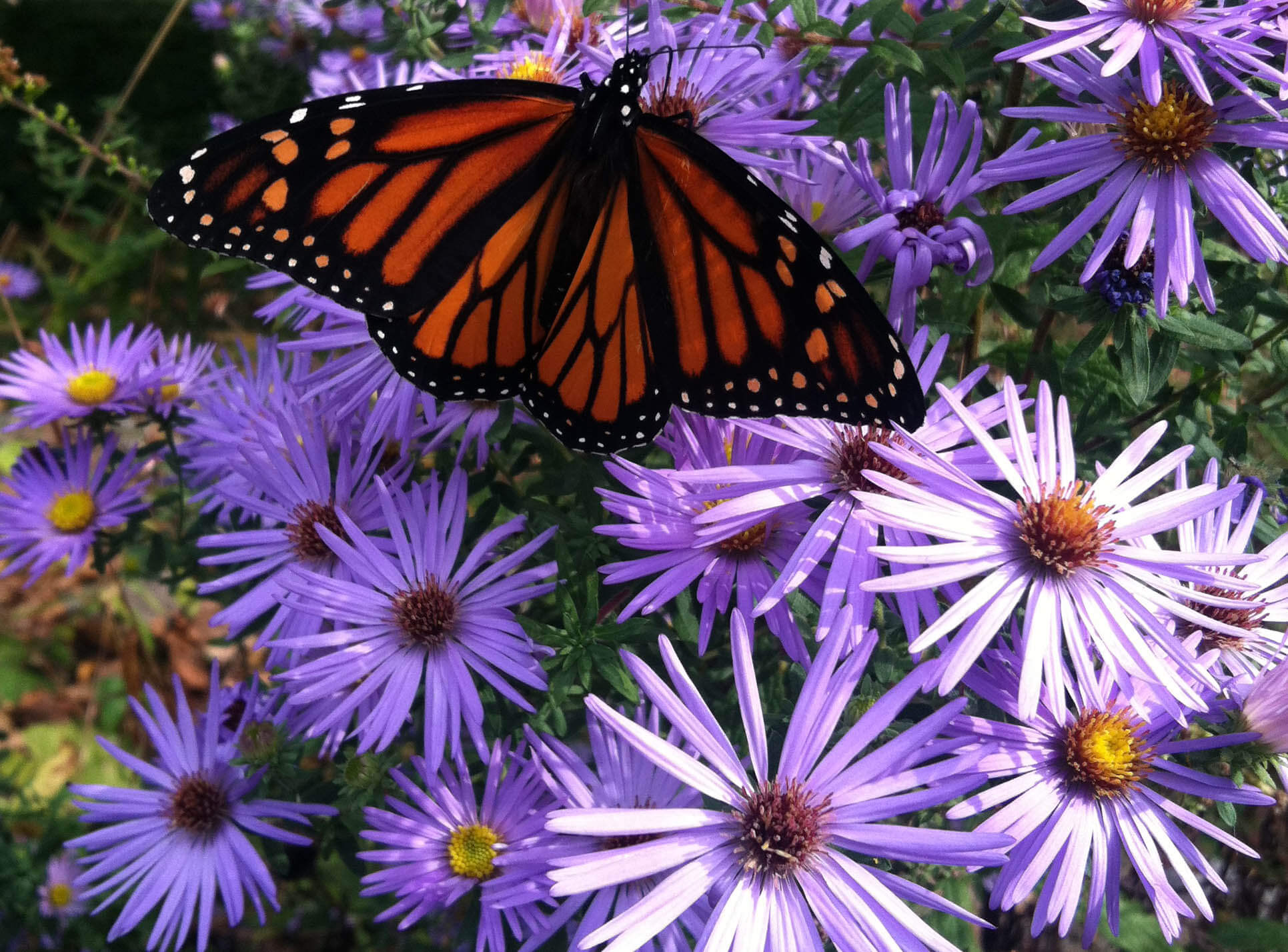
I always grow some pots of brilliantly colored Lantana camara in the summer, a favorite flower for butterflies. The tender perennial is not reliably winter hardy, but it blooms all summer. Other summer annuals and perennials that are good butterfly attractants include pentas, aster, coneflowers, ageratum, and verbena. Ceanothus, spiraea, and viburnum are popular shrubs with summer bloomers and attract butterflies.
Milkweed Care
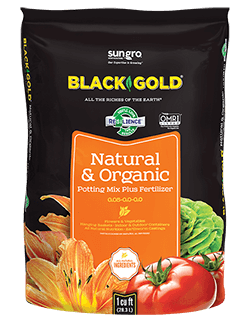 My pink swamp milkweed is a hardy herbaceous perennial, and have it planted in a mixed flower bed. Since I wanted the plants to thrive, I used applied ample amounts of Black Gold Natural & Organic Potting Mix at the time of planting. The moisture-loving milkweed appreciates the organic matter as well as regular summer water. For winter protection, I will apply a mulch of Black Gold Garden Compost Blend around its base.
My pink swamp milkweed is a hardy herbaceous perennial, and have it planted in a mixed flower bed. Since I wanted the plants to thrive, I used applied ample amounts of Black Gold Natural & Organic Potting Mix at the time of planting. The moisture-loving milkweed appreciates the organic matter as well as regular summer water. For winter protection, I will apply a mulch of Black Gold Garden Compost Blend around its base.
Keep it Chemical Free
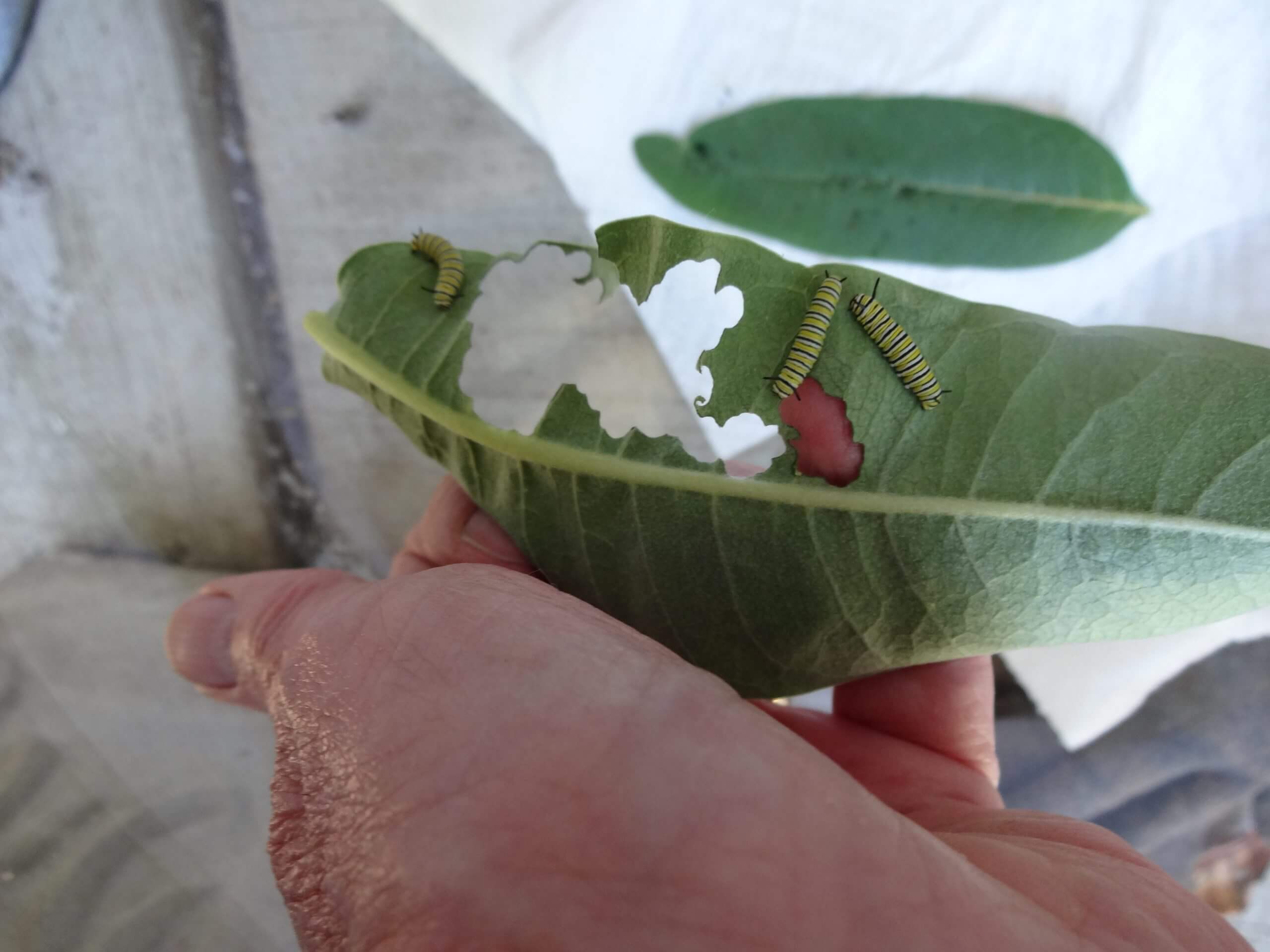
If you are going to incorporate plants that attract butterflies and other pollinators into your garden, refrain from using any chemical sprays. If you have plants that you often spray, either stop spraying or keep these away from any flowers for pollinators. In addition to chemical sprays, granular insecticidal products should never be used around pollinator-attractant plants.
Make attracting butterflies a neighborhood garden project, and encourage neighbors to join together in an effort to help our monarch butterfly population. We can all take part, and I would encourage you to include children in the effort. Together, gardeners can make a positive change for butterflies.
